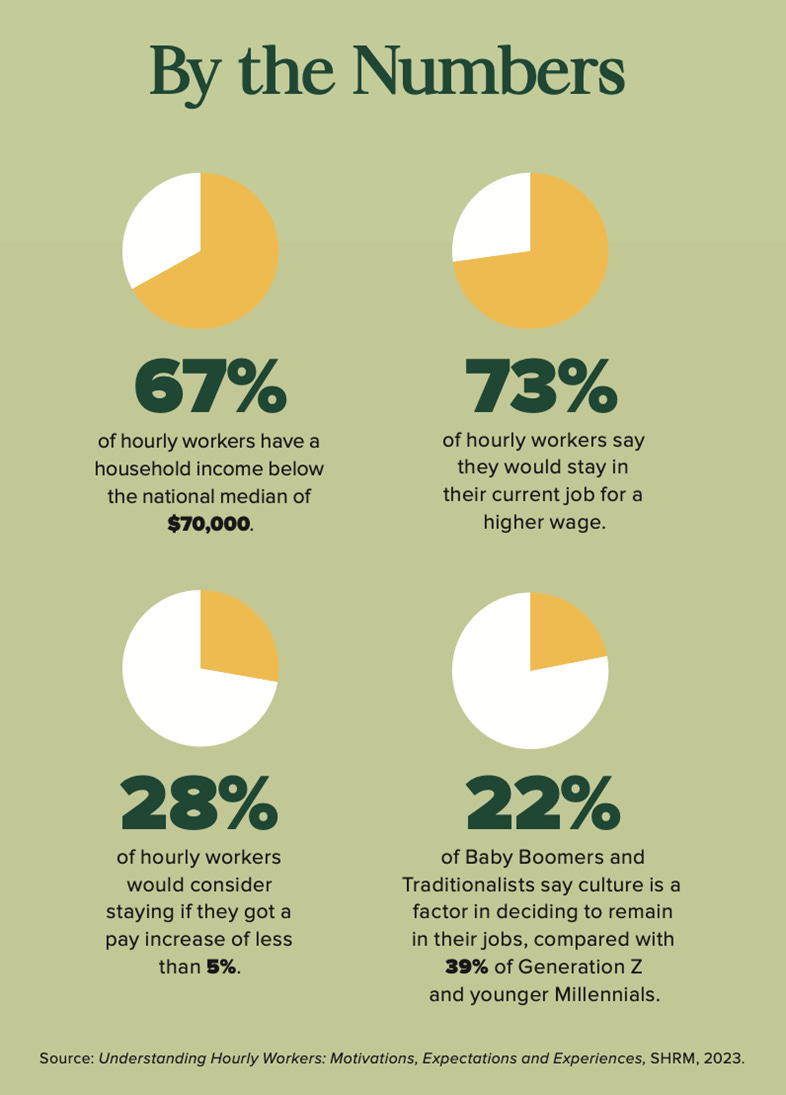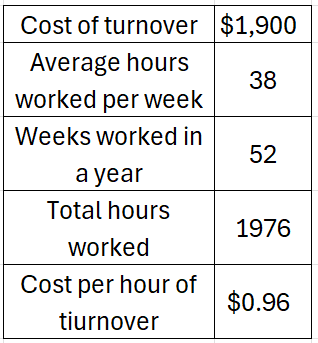Can you reduce employee turnover?
NLS Volume 1 10-5-2025
Good evening, everyone!
The dictionary defines “manage” as:
To handle or direct with a degree of skill: for example:
~ to exercise executive, administrative, and supervisory direction
What caught my attention is “a degree of skill”. When researching managers, I read a Gallup study that, “companies fail to choose the candidate with the right talent for the job 82% of the time”. Here is more from the Gallup study:
Managers account for at least 70% of variance in employee engagement scores across business units, Gallup estimates. This variation is in turn responsible for severely low worldwide employee engagement. Gallup reported in two large-scale studies in 2002 that only 30% of U.S. employees are engaged at work, and a staggeringly low 13% worldwide are engaged. Worse, over the past 13 years, these low numbers have barely budged, meaning that the vast majority of employees worldwide are failing to develop and contribute at work.
Gallup has studied performance at hundreds of organizations and measured the engagement of 27 million employees and more than 2.5 million work units over the past two decades. No matter the industry, size, or location, we find executives struggling to unlock the mystery of why performance varies from one workgroup to the next. Performance metrics fluctuate widely and unnecessarily in most companies, in no small part from the lack of consistency in how people are managed. This “noise” frustrates leaders because unpredictability causes great inefficiencies in execution.
These two paragraphs should be scary for any manager as they demonstrate a lack of loyalty. Managers wonder, “Why an hourly worker will leave for a dollar, or even 50 cents an hour?” The manager has made money the only motivating factor for their associates. 70% are not engaged, their voices aren’t heard, what makes them tick is unknown, and they don’t feel “in on things.”
Take a look at the infographic below:
Let’s break down two of these. 28% would stay for a pay increase of less than 5%, and 73% would stay for a higher wage. The average cost of hourly turnover is estimated to be $1500 - $2300 for non-technical positions. In the food service industry, my area of work, hourly turnover was reported by Black Box to be 96%.
Averaging the cost of turnover, I’m using $1900. See my calculations below.
Ask yourself: how much of that 96 cents could help offset overtime due to staff shortages? Would decreased turnover drive a sales increase? Save on operational costs? Unless you do your own math, you will never know the answer.
If you, as a manager, don’t engage your teams and make the manager/associate relationship transactional, money is all that matters. Yes, I am repeating myself, but it needs to be repeated.
Next week I will focus on how to engage associates and make them feel valued. I’d like to include your thoughts as well, so please drop some comments! Please don’t suggest pizza parties! That is not an engagement action; that’s just feeding people.
Thanks for reading, I was pretty nervous writing this, been out of the game for a while, hope it gives you some things to think about.
Be kind to everyone you meet - Andrew
(You did great, Dad. Love you! -Sam)



